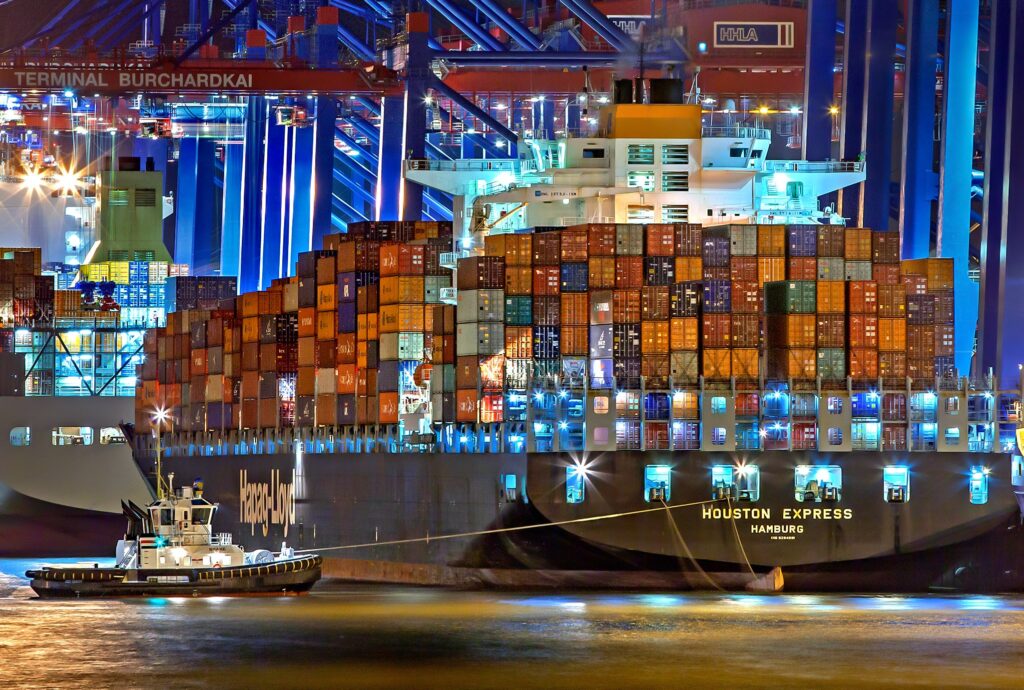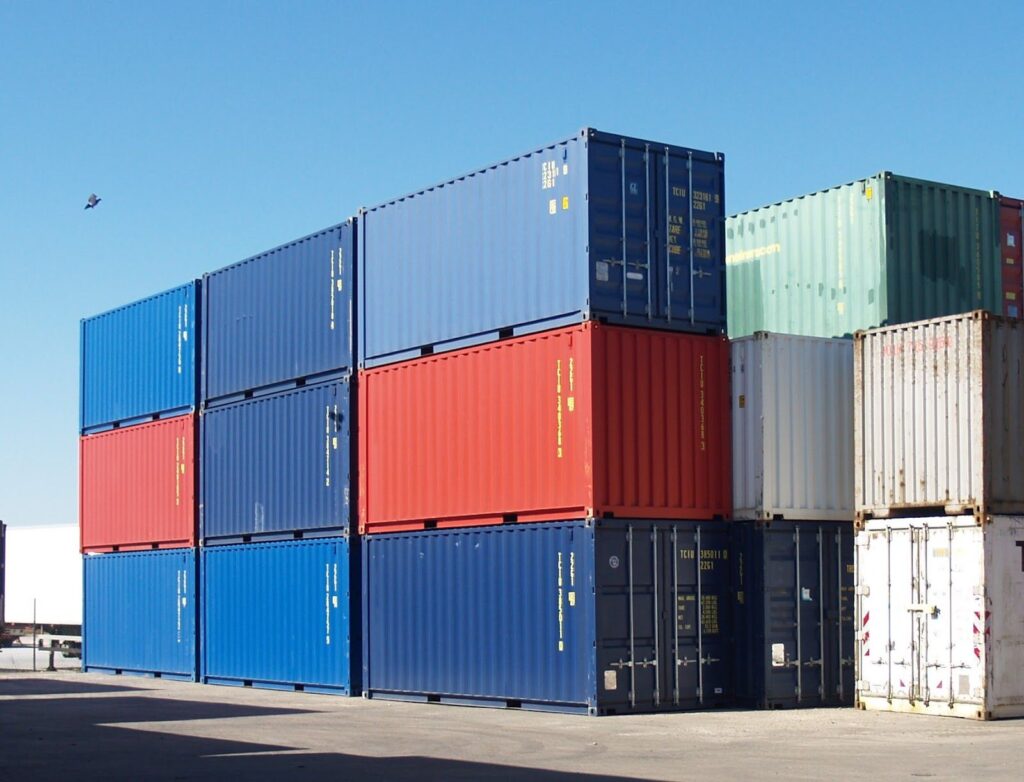The supply chain has become highly intricate, and it involves several components. When you ship some products, others will receive them and distribute them for sale. It is the perfect scenario. However, the real world is not perfect, and the global supply chain has several obstacles. One of the major issues with the current scenario is the lack of containers. This problem ultimately results in longer lead times and higher freight costs. More than 84% of merchandise travels by sea. Thus, the container crisis will seriously affect the logistics industry.
Which factors have triggered the container crisis?
The COVID-19 pandemic and the consequent restrictions
Vessels designed for transporting merchandise have cancelled their trips to prevent the spread of infections. The problem of container shortage prevails in America, Europe, and Asia. Vessels, which used to transport cargo from Asia to Europe and America, had to stick to their destinations. They could not return to Asian countries. Due to the reduced sea freight, containers remain unused in Europe and America.
Most of the ports in China are highly active. But, the shipment of cargo to America and Europe must be stopped for the strict measurements.
Typhoon season- Several Chinese ports remain closed due to typhoons. A large number of containers and vessels is detained.
Reduced rate of manufacturing goods- To prevent the transmission of the virus, several factories have stopped their businesses. Thus, there is a lower production rate and Shipment rate.
Problems turned up before the outbreak of the pandemic-

During the pre-pandemic period, there is a high concentration of containers in some companies shortages. The latest reports have revealed that several maritime containers are concentrated in a few large operators.
Due to the shortage of containers to move goods, several shipping companies (including the large sea freight transport agencies) have increased their rates. It would enable these companies to recover the losses incurred for the lower service demand. There was a significant increase in the ocean price rates.
There is another reason behind the higher rate of ocean freight. The large importers that try to resist the hike in price from shipping agencies rent their own vessels for goods transportation. Thus, several ships are in transit, and it results in higher traffic. The surge in price will continue to the lack of transportation.
Will the container crisis continue?
During the pre-pandemic period, the ships can easily avail of the berth upon arrival at the port. They can unload and reload the new containers. Then, the trucks take away the unloaded containers to the destination. It has been a highly efficient process. But, the pandemic has affected the situation. At every level, there is a delay. Moreover, the lack of space on vessels for containers has made the situation more complicated. Thus, containers are piled up at ports and depots in Singapore. But, in India, China, and other countries, there is a shortage of containers.
You can find no easy solution to the problem. Top shipping industry professionals and analysts have predicted that the container crisis will persist for at least 1 to 2 years. However, large shipping companies have increased the number of containers. They have signed agreements to design new container vessels.
However, there will be no 100% solution to the problem by increasing the number of containers and ensuring their availability to traders. The supply line has become disrupted due to the limited number of workers and truck drivers. The slots available on container ships have also become limited. That is why trade flows have lost their balance.
Sectors that have the biggest effect due to the container crisis-
Consumers may need to pay a higher price because of the container crisis. Some companies also felt the effect of the container shortage.
Small shipping business– It is already said that larger shipping agencies can provide overseas services. They have the potentials to move large freights to a distant place. They impose rates that the smaller companies cannot charge. These small shipping agencies are mostly in Latin America. They are compelled to stop their operations.
Production agencies– Several companies have failed to promote their goods due to transportation problems. Ultimately, they have found a reduced production rate and sales rate. Thus, they gain a low profit. Although they try to transport merchandise at a higher ocean freight rate, their product prices will go up. There will be a reduction in sales, as their customers will not purchase their products.
Local businesses– As the maritime freight rates have increased, there is a rise in product prices. That is why some local businesses cannot buy these items. They have noticed a reduction in sales. Finally, they are bound to close their businesses.
Shortage of containers has created a pressure-According to the latest estimation, over 170 million containers transport 90% of the global merchandise. Still, COVID-19 has caused delays and backlogs to the global shipping lines. The logistics systems are not highly efficient. Moreover, there are quarantined cargos and congestion at ports. Thus, China does not have a good number of containers to manage the situation. The container turnaround time has reached almost 100 days.

Some traders call on the government to control the movement of empty shipping containers. Professionals have noticed that some countries are ready to pay a high rate for these empty containers. It has made the container shortage problem more prominent. Some Indian traders have asked the administrative authority to curb the transportation of empty containers at Indian ports. They asked the government to release around 20,000 abandoned containers.
To conclude, it can be said that the shipping industry is trying hard to manage the container crisis. While some containers are left at ports, others are intended for alternative use. But, although several companies have taken steps to mitigate the crisis, the problem prevails across the globe. Thus, you may need to wait a longer period to solve the issue. Within a few years, you will find the situation restored.


